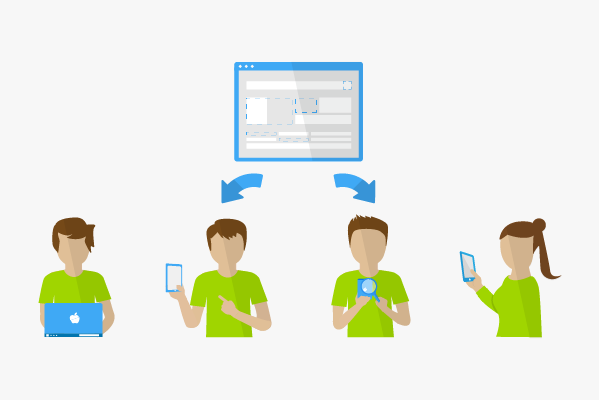Crowdtesting
Crowdtesting is the term for a large-scale software test including as many users as possible on the Internet. Crowdtesting is a method that uses crowdsourcing: Voluntary users form the crowd and provide their resources to check software for bugs, usability, features and vulnerabilities.
General information
Crowdtesting is primarily used in the area of web-based and mobile applications and IT services. These include online games and apps of mobile devices, but user software is also subjected to such tests. While conventional tests take place directly with the developer, i.e. in-house, crowdtesting aims to exploit the intelligence of the masses.
The more end users are involved in the test, the more eyes can detect errors and malfunctions. In particular, software designed for a wide range of users is often tested in a beta phase with thousands of end users, sometimes also to simulate stress scenarios and ensure a good performance.
Functionality
Usually, crowd tests are organized through communities that are directly connected to a team of developers and community managers. A company advertises a test and passes on more detailed information to the users. They can apply for participation or are already part of a pool of selected testers. Professional crowdtesting providers in particular have a large number of registered users who have gained a certain reputation by participating in several tests.
Due to the mass of testers, it is not uncommon that not only normal users, but also IT professionals and so-called power users can be found in the crowd. Companies can usually specify specific criteria that require special attention in a test. The testers then generate reports or protocols after the practical test, which are forwarded to the community managers or directly to the developers. System-critical errors are corrected immediately and after a selection, further changes are made by the developers. This process can take several months, depending on the number of errors and the size of the test. In retrospect, the testers usually receive remuneration.
Advantages and disadvantages
Software testing is often expensive and time-consuming. Conventional tests that take place in isolated environments often have the disadvantage that not all errors are detected which are extremely important for the functioning of the system. Crowdtesting, on the other hand, has the advantage that many users discover a relatively large number of errors. Especially for applications and software that is sales-oriented, such errors can lead to a loss of sales. Crowdtesting makes software testing scalable because it eliminates system-critical errors before the launch and thus minimizes revenue losses.
Significance for SEO
For web-based applications and websites used by many users, testing in the crowd can also affect search engine optimization. Applications can be tested for accessibility, and this can have a positive effect on visitor statistics. If a website is already online, a crowdtest can increase the page views, traffic and time spent on the website. Crowdtesting can also contribute to user-friendliness and increase the overall quality of a website, which is likely to be seen by search engines as a positive sign.

